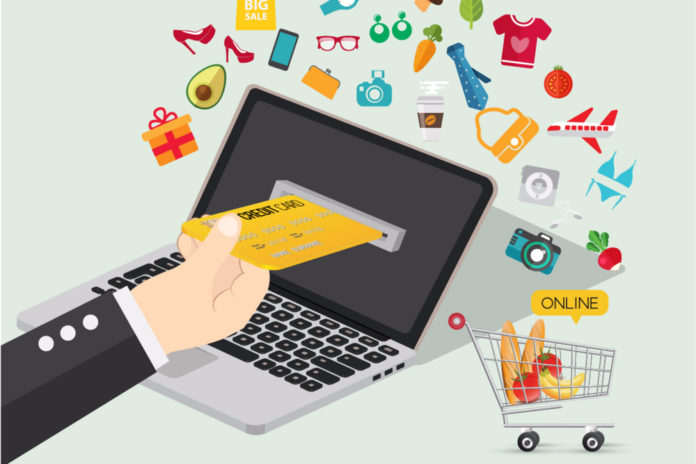The State Bank of Pakistan’s (SBP) first quarterly review of payment systems for fiscal year 2025 paints a vibrant picture of the nation’s digital payment landscape. Covering the period from July to September 2024, the report highlights an 8% growth in retail payment volumes, reaching 1,951 million transactions, while the transaction value remained steady at Rs136 trillion.
Pakistan’s Payments Infrastructure comprises of PRISM – Real-Time Gross Settlement (RTGS) system, Raast instant payment solution, 33 Banks, 12 Microfinance Banks (MFBs), 5 Payment System Operators/ Service Providers (PSOs/PSPs), 4 Electronic Money Institutions (EMIs), 12 Branchless Banking Players (BBs), fintechs, and third-party service providers. All these, in collaboration with each other, provide seamless and secure transfer and settlement of funds for the residents of Pakistan.
Payments in Pakistan can be segregated into two major categories, one is Large-Value Payments which are processed through PRISM (RTGS) system, and the other is Retail Payments, which are typically low value transactions made in the course of regular business or life activities.
Digital channels processed 87% (1,699 million) of all retail transactions, whereas over-the-counter (OTC) channels accounted for the remaining 13% (251 million). In terms of value, the share of digital payments increased from 24% in last quarter of fiscal year 2024 to 27% (Rs 36 trillion), while the share of payments through OTC channels (banks branches and branchless banking agents) was 73% (Rs 100 trillion).
Mobile banking apps provided by banks, MFBs, BBs and EMIs played a pivotal role in this growth, with 1,301 million transactions amounting to Rs19 trillion being carried out through these apps during the quarter, reflecting a 11% rise in volume and 14% in value. The collective number of mobile banking app users grew by 4%, reaching 96.5 million from 93 million in the previous quarter.
E-commerce is also emerging as an integral component of Pakistan’s digital payments, with a 29% increase in online e-commerce payments. Of the 118 million online e-commerce payments during the quarter, 91% were conducted through digital wallets, signifying a shift from traditional card-based systems. Complementing this growth, the number of Point-of-Sale (POS) terminals expanded to 132,224, enabling 83 million transactions worth Rs429 billion. Furthermore, the ATM network grew to 19,170, facilitating 243 million transactions worth Rs3.9 trillion, maintaining its key role as a cash withdrawal channel.
Efforts to include underserved segments have gained further momentum, with branchless banking agents playing a critical role in extending financial services especially in rural and remote areas. Over 693,178 agents processed 28 million bill payments/mobile top-ups and 75 million cash deposit and withdrawal transactions during the quarter.
Retail merchants accepting digital payments grew by 16% growth, driven by branchless banking initiatives that enable payments through mobile wallets, QR codes, and other digital tools. These developments underscore the importance of alternative financial channels in bridging economic disparities across regions.
The report also highlights the success of the Raast instant payment system, which processed 197 million transactions worth Rs4.7 trillion.
Pakistan’s payment ecosystem continues to thrive due to the combined efforts of banks, fintechs, payment service providers, and regulators. This collaborative approach has fostered innovation, accessibility, and a greater sense of financial inclusion across the country.
The SBP remains committed to driving a sustainable and inclusive financial future, ensuring that digital innovation continues to empower individuals and businesses. The progress highlighted in this review reflects the nation’s potential to transition toward a fully digital economy while fostering trust and reliability in financial services.




